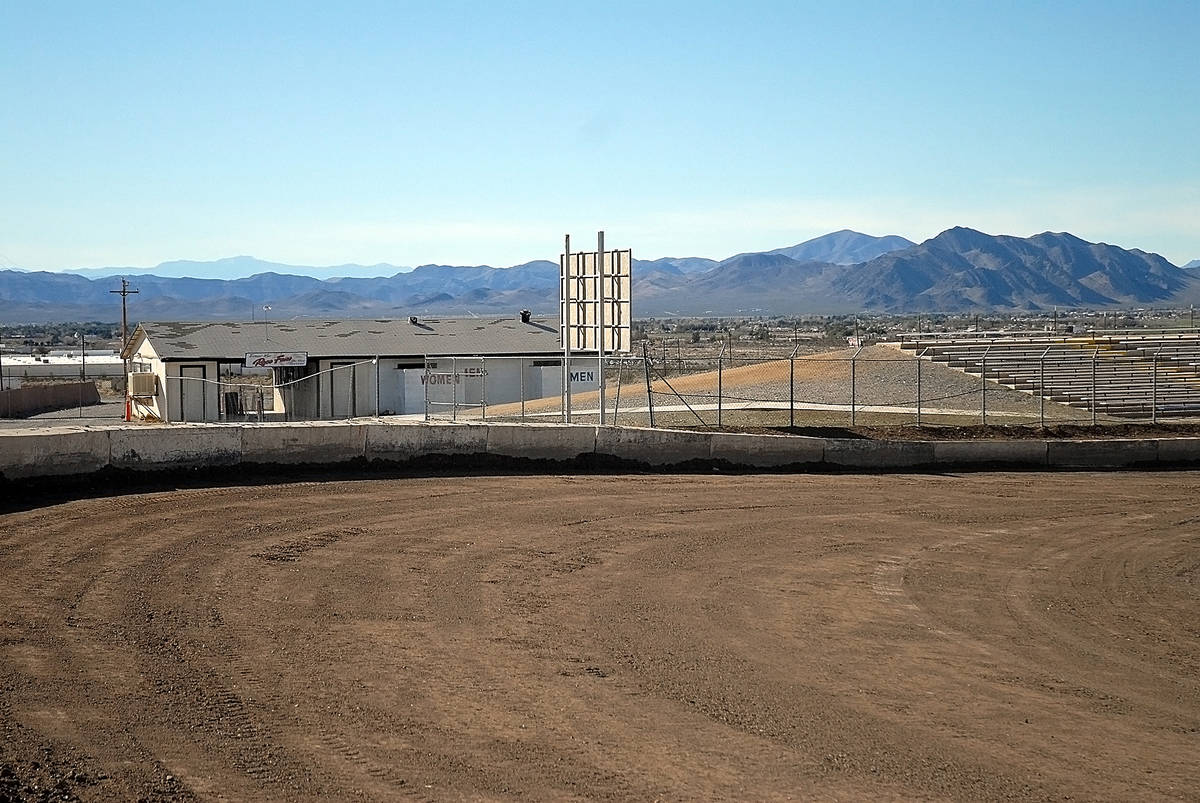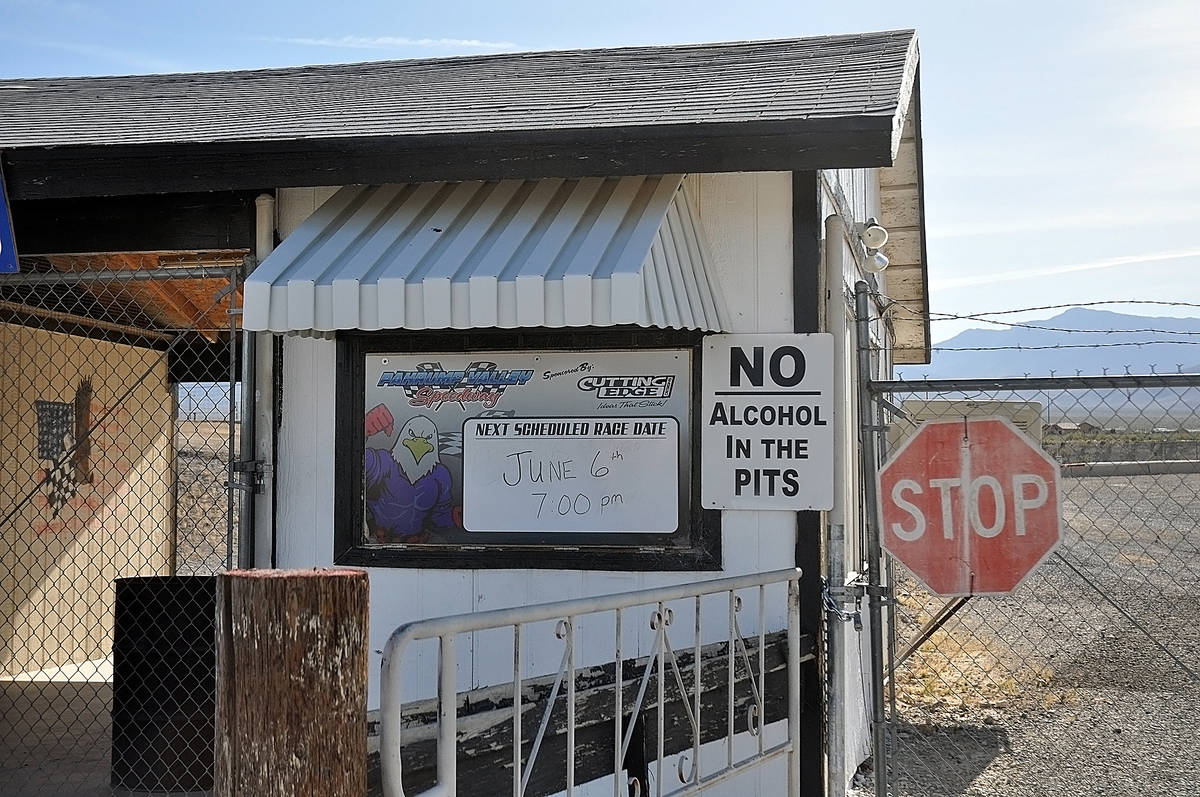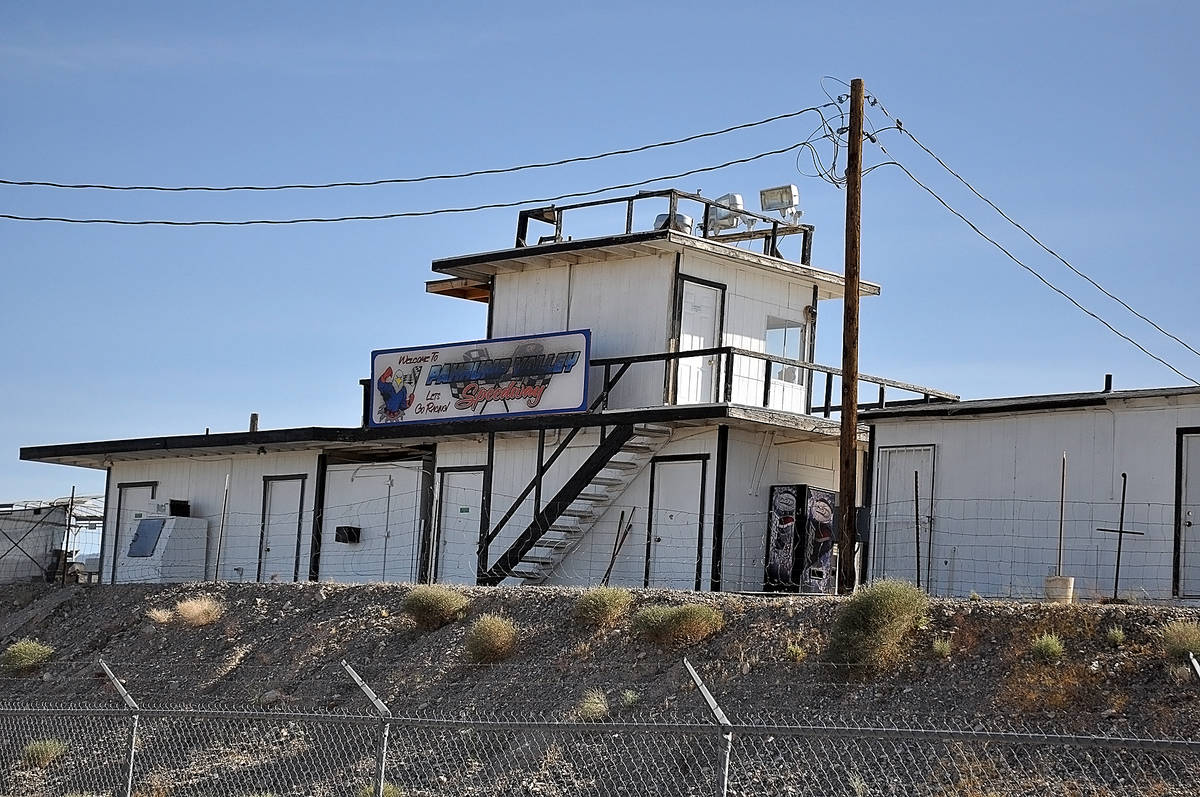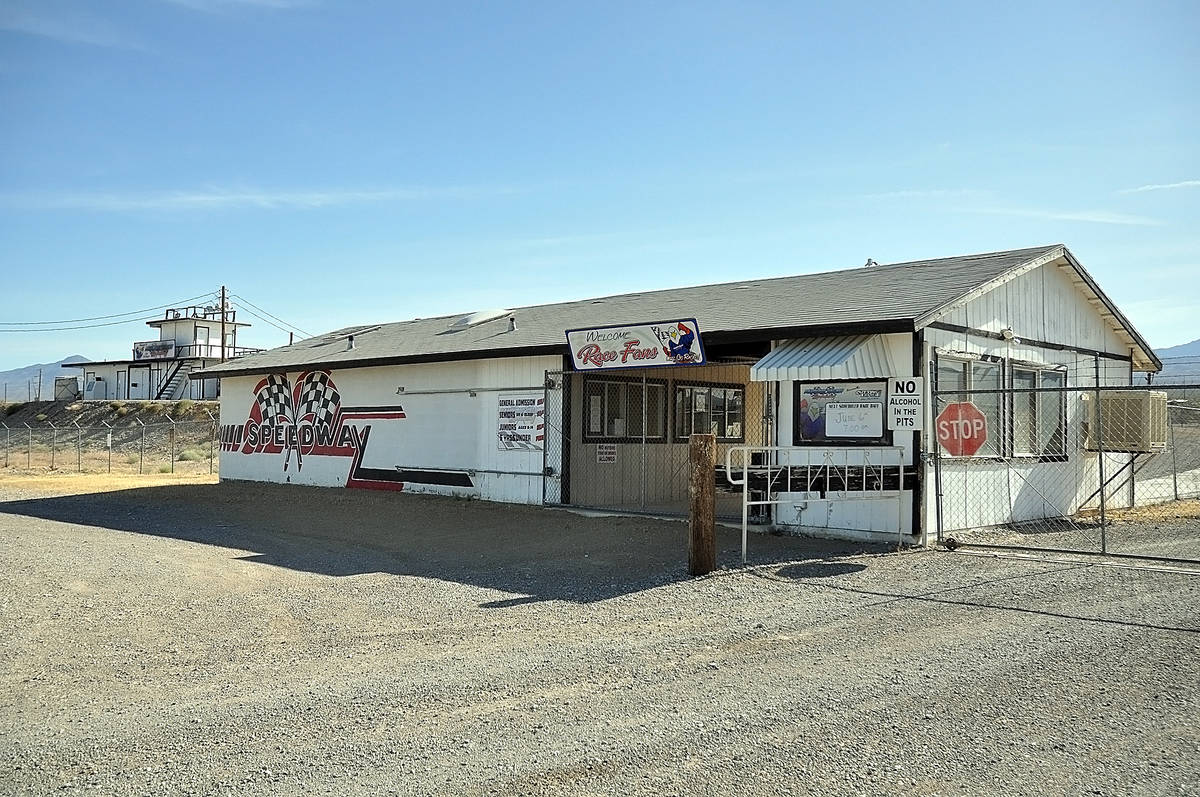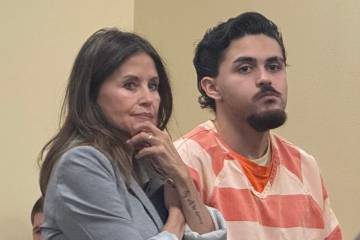Flag will be dropped Saturday at Pahrump Valley Speedway
John Koenig wanted to help.
The Nye County Commission chair was on a call with his colleagues from Nevada’s other counties and some of the state’s mayors, trying to get specific answers from the state on Phase 2 of reopening from the COVID-19 pandemic.
But Koenig was not familiar with the specifics of interjecting his question into the meeting, noting that it was not the same as the system he uses more frequently.
“They put you on mute and had to press, I think, 6-star, and I was pressing the wrong button,” he said, able to joke about it now that he got the answer he wanted. “I finally read the instructions and got through.
“You can imagine 17 county commission chairmen and some mayors wanting to ask questions. We were going through what’s allowed to be open and what’s not, and finally I got through with, ‘What about racing?’ ”
Despite page after page of painstaking details concerning many types of businesses in the reopening guidelines, racing was a question mark. And Chad Broadhead, owner of Pahrump Valley Speedway, desperately needed an answer.
“If we don’t start racing, they’d probably foreclose on it,” Broadhead said. “We can’t afford it. The track never has made that kind of money where it can have more than four months closed. You figure 200 fans at $8 at ticket, and how are you going to pay the mortgage, insurance, utilities and so on.”
But in a town where almost everybody seems to know almost everybody else, help often is no more than a phone call away. Or sometimes more than one phone call.
“I couldn’t get a response from the governor’s office for three months,” Broadhead recalled. “Finally I went to (Nye County Manager) Tim Sutton, who’s a really good friend of mine from when we worked together in a bishopric of the LDS church. He was helping me trying to make it work.
“(Assemblyman) Gregory Hafen II is a good friend of ours, and my wife talked to Gregory, and he got hold of Koenig and talked to them.”
“With the announcement of Phase 2, we reached out to the governor’s office again, and at the same time I called Chairman Koenig to find out what the county’s position was on the racetrack and speedway, and he told me he was going to reach out to people at the state level,” Hafen said.
Which brought us to the phone call with the county commissioner chairs and mayors that lasted more than an hour, Koenig said. The question of whether or not Pahrump Valley Speedway and similar operations could open during Phase 2 was not settled by the reopening directive.
It’s not that a racetrack was the only kind of business that faced uncertainty as Phase 2 unfolded. “There were two or three calls a day at the beginning of this, and with the reopening I get a lot of people calling saying my business was not directly mentioned, can we open?” Hafen said. “Where do we fall into this?”
But for Broadhead, the question wasn’t so much unanswered as in answered twice, with what can best be described as a mixed message. In Section 21, it clearly states that “effective 12:01 a.m. on May 29, 2020, non-retail outdoor venues, including without limitation miniature golf facilities, amusement parks, theme parks may reopen to the public,” with the usual caveats of not exceeding 50 percent of capacity and practicing social distancing.
A racetrack is certainly an outdoor venue, and the grandstand is certainly large enough to practice social distancing. But then there was Section 22.
The very next section of the directive stated that “musical performances, live entertainment, concerts, competitions, sporting events and any events with live performances may resume, but shall remain closed for public attendance.”
Pahrump Valley Speedway certainly has competition, and races are generally considered sporting events, so this section clearly implied spectators would not be allowed. “I’m not going to do something without permission,” Broadhead said. “A person’s life is more valuable to me than all of my businesses put together. We’d rather see ourselves go under than see somebody get hurt or sick.”
But Koenig got the answer he wanted, and Broadhead quickly announced racing would resume this Saturday, June 6. “We closed in November of last year, and we’ve been operating seven months with no income,” Broadhead said. “In March, we just had to pay for the well, and that was $4,000. We paid the property tax, and that was $8,900. We just bought a bunch of brand new lights. We spent almost $20,000 in the month of March, and what did we get out of it?”
That’s not to say the track is a huge moneymaker when everything is functioning, as Broadhead readily admits. “I’ve only made money three times in 11 years,” said Broadhead, who ran the track for eight years and has owned it for almost three. “There is a love-hate relationship between me and that racetrack. I invested everything I had in it to reopen it.”
Broadhead said that all of the money collected from entry fees from drivers gets paid right back out to them, so the only income the track gets comes from things such as admission, concessions and pit passes.
“I just wish everybody could understand I’m not making all this money,” he said. “I’ve lost a lot on this racetrack, and I just believe in the people out here. I believe in the town. This town has given me a lot, and I’ve tried to give it back.”
Those familiar with Broadhead know why he keeps it open. Along with a desire to keep a part of Pahrump’s heritage — he loves to mention that NASCAR drivers Kurt and Kyle Busch got their start at Pahrump Valley Speedway — the track keeps alive the memory of the three young grandsons he lost in a 2011 fire that also claimed the life of their babysitter, Crystal Smiley.
But emotion doesn’t pay the bills, and Broadhead said he did not qualify for any help from the coronavirus relief act Congress passed earlier this year because he had no full-time employees.
A place that has been around for more than 30 years, with some real local history to it, is not going anywhere if Broadhead can help it. And he gives a lot of credit to Koenig, Sutton and Hafen for making sure the track can reopen this weekend.
“They’re the ones who made it happen so we can reopen the racetrack,” he said.
“Chad is very gracious,” Sutton said. “I’m not sure I did much, but Commissioner Koenig, Assemblyman Hafen and I, and probably many others, worked with the governor’s (Local Empowerment Advisory Panel) and continued to advocate for racetracks like the Pahrump Valley Speedway to reopen in Nye County. LEAP has done a great job advocating on behalf of the rurals.”
Broadhead said he will limit capacity to 75 drivers and 500 spectators, fewer than half the facility can accommodate on both counts.
“It’s a very large facility, and they will definitely be able to do the social distancing that’s required and be able to follow all of the health guidelines,” Hafen added.
“It’s been here forever,” Koenig said of Pahrump Valley Speedway. “A bunch of small businessmen have race cars. It gives everyone something to do. I’m all for small business, and we want to get them back open any way we can.
“I think it’s logical to be open. He has a plan, I’m satisfied with the plan. Plexiglass, people wearing masks. If you’re sitting in the grandstand, you don’t have to be scrunched up against other people.”
Koenig also noted one other reason racing at the speedway will be welcomed in Pahrump.
“People want to get out, I don’t think they care where the hell they go,” he said with a laugh. “They want to get out. Have it opening back up has to be a shot in the arm for a bunch of people. Getting them back out again is what we want to do.”
Hafen agreed.
“The importance of being able to have sports back in our lives right now gives us something to root for, something to cheer for,” he said.”And it brings a little excitement into our lives.”



